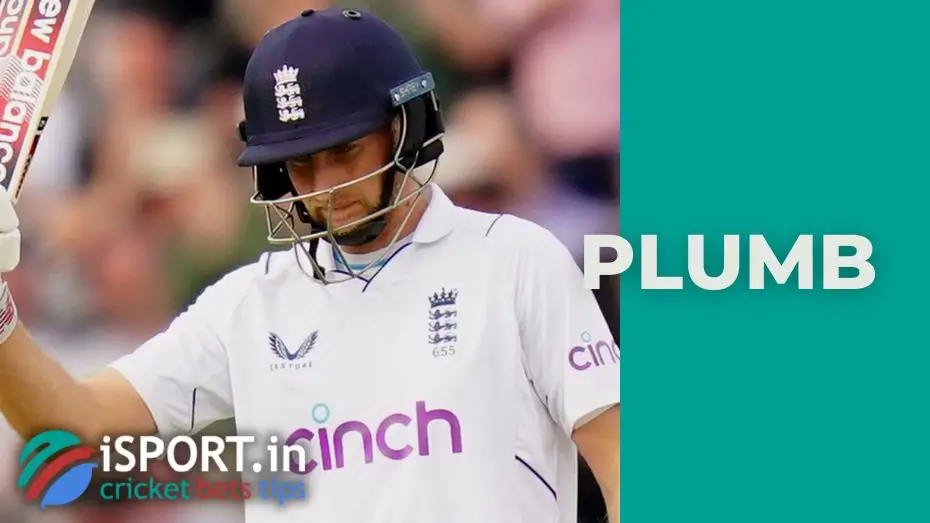Plumb

Plumb is a short version of the term “plumb in front”. In cricket, it refers to a situation where a referee’s decision knocks a batsman out of the game. The main violation is Leg Before Wicket (LBW).
What is Plumb in Cricket?
So, plumb is the decision of the match referee, which is taken when the batsman needs to be taken out of the game. It is accepted if a Leg Before Wicket (LBW) situation has arisen. This is a situation where a batsman touches the ball with any part of his body before he hits or tries to hit it with the bat. At the same time, if the batsman had not touched it, the ball could have destroyed the wicket (that is, there was no no-ball situation). Typically, LBW is when the ball hits the pads.
Plumb has to do with the LBW’s decision, which was undeniable. By using this term, they mean that the removal of the batsman based on the LBW was one hundred percent justified.
As a rule, in the case of LBW, the referee’s decision depends on many factors: how exactly the ball was served, in what part of the field it touched the ground, whether the batsman tried to hit it and many others.
The cases where LBW is used can be quite difficult to determine, although video filming has brought a fairly large share of clarity to this issue. The term plumb is used when everything is obvious.
You can bet on your favorite team with Sportsbetting promo code.
